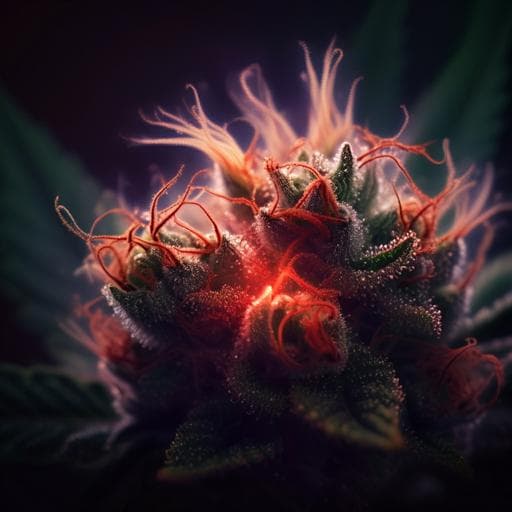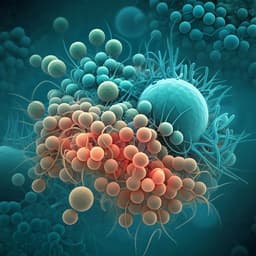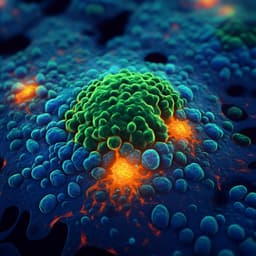
Medicine and Health
Identification of a new cannabidiol n-hexyl homolog in a medicinal cannabis variety with an antinociceptive activity in mice: cannabidihexol
P. Linciano, C. Citti, et al.
Discover the groundbreaking identification of cannabidihexol and Δ⁹-tetrahydrocannabihexol, new phytocannabinoids with potential analgesic properties, as reported by researchers from the University of Modena and Reggio Emilia and Mediteknology. Their research confirms the presence of these compounds in a medicinal cannabis variety, promising exciting possibilities in pain management.
~3 min • Beginner • English
Related Publications
Explore these studies to deepen your understanding of the subject.







